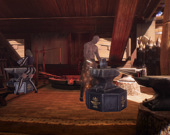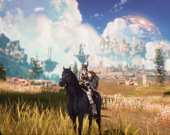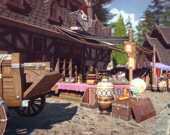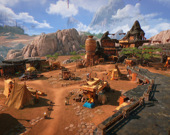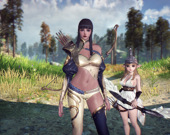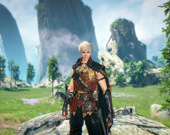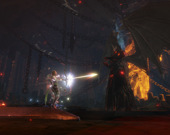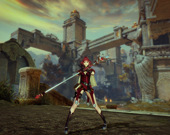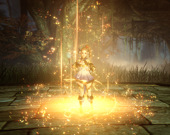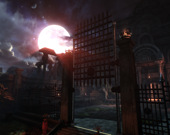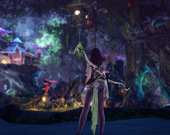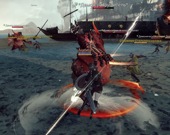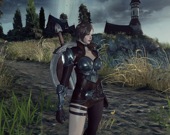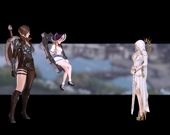Astellia Game Review
The competition among mass-player RPGs is high, so each novelty should stand out from the other works. However, Astellia, which was recently released, seems conservative at first glance. It is conditionally free, it has the usual public character classes, dungeons, arenas, crafts, and "kill-retrieve" type quests. True, there is also a trump up your sleeve - elements of the collectible card game, added to diversify the battles. Let's find out how interesting this solution is and whether it looks good together with the other mechanics.
What is this game about?
The action unfolds in a fairy-tale kingdom, which has had its teeth sharpened by demons since ancient times. To ward off this horror, the people have turned to the Astellians for help - heroes capable of bending Astellians, magical creatures living among the stars, to their will. The most famous fighter against evil was at one point a warrior named Niara, but the treacherous king decided to get rid of her because the girl had gained too much popularity among the people. Unable to bear such resentment, she defected to the side of evil, which she swore to fight, and led the infernal hordes herself. Niara set out to destroy the world and then build a new one under her own laws. The player, who stands for all that is good and good, must prevent this plan from coming to fruition. In other words, cut a hundred or two devils into straw.
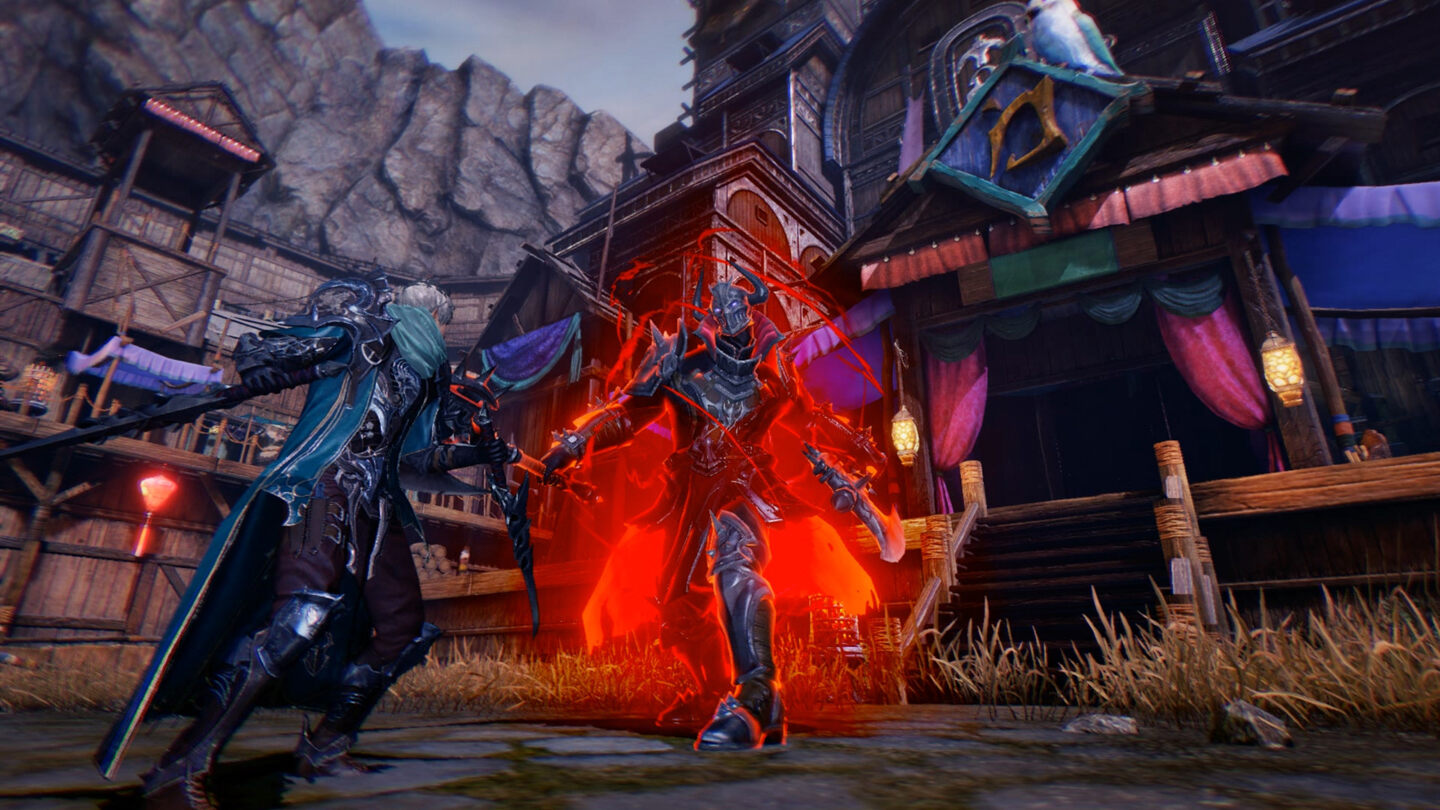
Getting to know the Astellia universe starts in the editor, where you have to choose one of five classes and customize the appearance of your character. This part is almost exemplary: more than 200 parameters can be changed as you like. But if there is no desire to make such an artwork, no one prevents you from generating a random variant. Sometimes the mixer generates quite nice characters.
Next - the feats and adventures. Without further ado, the plot sends you to war, and at the same time you learn the basics of the game. A beginner will have some time to get used to the control, but people who are familiar with the classics, will experience a rush of nostalgia, because here the direction of the hero's run is not determined by the turn of the mouse, and the click on the destination. Such scheme becomes inconvenient only at a high zoom when you can not see this very point from behind the character's back. However, there is no discomfort when the camera is flying high. Another solution that has long been out of genre use is the loading of locations when you change chapters of the story. There is no open seamless world in Astellia - each new location is loaded separately. But even this is not a problem: to reduce the waiting time, it makes sense to install the game on a fast SSD drive instead of a regular hard drive.
Quests are pretty much traditional: there you have to kill someone, here - to rescue a hostage or to find some valuable item. To the developers' credit, all missions are competently colored. "Orange", for example, is worth taking, because they move the plot to the denouement, and to agree to the "green" is reasonable only if there is a shortage of important items or resources. Want to know more about the world and its backstory? Pay attention to the blue markers. Stand out are the "red" quests: although formally they are minor, as a reward for their performance the game gives astellas - pets, able to help out in battle. Characteristically, the dungeons with the most powerful monsters, as well as the whole story, you can go alone - without the help of friends. But no one prevents to invite a partner for cooperative passing, because not all of the monsters are given to newcomers on the spur of the moment.
Next - the feats and adventures. Without further ado, the plot sends you to war, and at the same time you learn the basics of the game. A beginner will have some time to get used to the control, but people who are familiar with the classics, will experience a rush of nostalgia, because here the direction of the hero's run is not determined by the turn of the mouse, and the click on the destination. Such scheme becomes inconvenient only at a high zoom when you can not see this very point from behind the character's back. However, there is no discomfort when the camera is flying high. Another solution that has long been out of genre use is the loading of locations when you change chapters of the story. There is no open seamless world in Astellia - each new location is loaded separately. But even this is not a problem: to reduce the waiting time, it makes sense to install the game on a fast SSD drive instead of a regular hard drive.
Quests are pretty much traditional: there you have to kill someone, here - to rescue a hostage or to find some valuable item. To the developers' credit, all missions are competently colored. "Orange", for example, is worth taking, because they move the plot to the denouement, and to agree to the "green" is reasonable only if there is a shortage of important items or resources. Want to know more about the world and its backstory? Pay attention to the blue markers. Stand out are the "red" quests: although formally they are minor, as a reward for their performance the game gives astellas - pets, able to help out in battle. Characteristically, the dungeons with the most powerful monsters, as well as the whole story, you can go alone - without the help of friends. But no one prevents to invite a partner for cooperative passing, because not all of the monsters are given to newcomers on the spur of the moment.
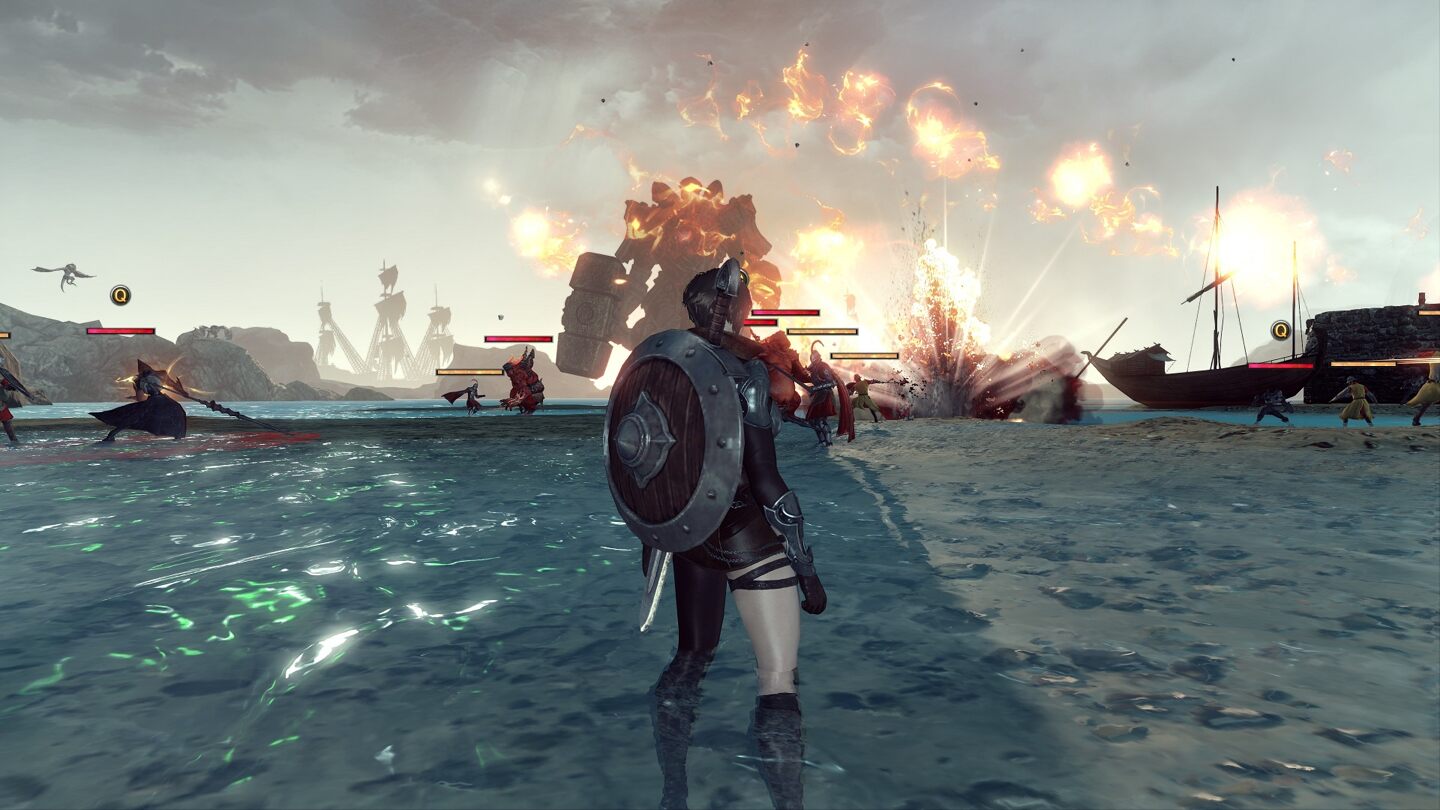
While you develop your character and advance in the story, your opponents are monsters controlled by artificial intelligence - in Astellia wagon and wagon of fights PvE format. But with the battles of users against users (PvP) there is a nuance - this fun noble seniors are only available from level 30, and only in a special arena. Another once a week there are mass battles in the "Avalon" mode. But you can not just walk up to a random passerby and instead of "Hello," to bend his visor. On the other hand, no one will do the same to you while you're still skilled in combat, which is fair enough. Since all players share a common enemy, interaction is more on a peaceful basis: blacksmiths, jewelers, tailors and alchemists create items from resources to use or sell at auction. Tired of carving demons? You can always do something just as useful - chop some wood in the woods, get ore for your gunsmiths, or search the map for treasure.
Character classes and their development
As is customary in the genre, military and peaceful activities are influenced by the class of the hero. It's easy to figure out what's what, because Astellia offers a traditional combat scheme. While one character "tanks" up close, the other shoots the enemy from afar, and the third puts positive effects on allies and heals the wounded. If you are traveling and fighting in a group, it is advisable to have at least one representative of each role in the team. The easiest class to master is warrior - he has impressive size sword and shield, has good health and is able to withstand the onslaught for a long time. The shooter is a little worse in defense, but he attacks from a distance, infusing damage to a single target. A mage, on the other hand, can unleash the fury of the elements on a group of enemies at once.
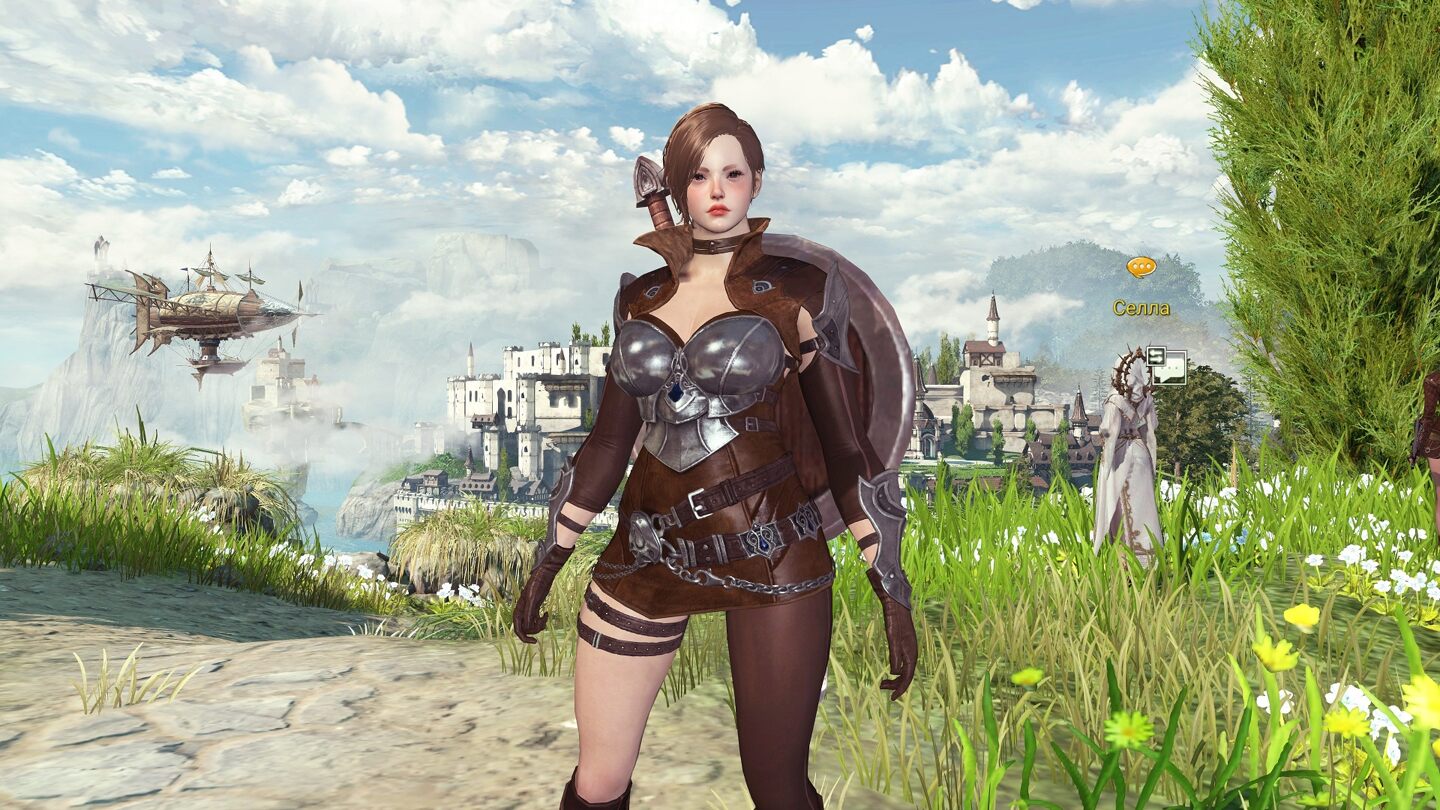
Two other classes are the assassin and the priest. The first uses deception and stealth to stab you in the back. However, if he is caught in a maneuver, his chances against a bully with a solid survivability reserve are rather slim. Priests are busy helping their comrades in combat, healing allies and placing positive effects on them. This class is indispensable for the group, although in single play it's better to choose warrior, mage or archer.
Upgrading heroes moves on several fronts: for battles to gain experience to grow in levels, and additional bonuses provide stellar stones, runes and other trophies. In addition, Atra's crystals help boost basic stats, such as attack and defense. These, too, are awarded for defeating monsters, but they can only be used a limited number of times. When the hero grows to level 50, he gets a new profession. Here it all depends on the role you have set yourself in PvP - the same warrior, say, can be a crusader, berserker or gladiator, to different ways to prove their superiority in the arena.
Upgrading heroes moves on several fronts: for battles to gain experience to grow in levels, and additional bonuses provide stellar stones, runes and other trophies. In addition, Atra's crystals help boost basic stats, such as attack and defense. These, too, are awarded for defeating monsters, but they can only be used a limited number of times. When the hero grows to level 50, he gets a new profession. Here it all depends on the role you have set yourself in PvP - the same warrior, say, can be a crusader, berserker or gladiator, to different ways to prove their superiority in the arena.
How does the combat system work?
The most interesting thing about Astellia is the battles. At its core, they are also made in the old fashioned way: first you click on the enemy, run up to him, and then click in turns on the buttons of the special techniques, until the demon goes back into the frying pan. But there is a very important nuance - astellas, that bring to the battles a significant tactical element. If only because they are stronger and more effective than any pet in other games of the genre: a successful choice of helper gives a significant advantage, while a mistake is fraught with defeat. You can collect up to 30 of these creatures in total, collecting them like Pokémon. Some are available as a reward for completing quests, others are offered to buy in the in-game store. And eventually you accumulate a decent amount of these mini-assistants. What to do with them next?

Next you go to another battle, where you take out up to three astelles at a time from the hero's pocket to give you support. Each of them has unique properties, so you must use them wisely. For example, Lotte, a puppet that carries around a huge pinion, reduces the damage your character receives and causes the enemy to attack itself. The duck knight-like Quacken can immobilize monsters, Criona can freeze them, and Theia boosts the wearer's defenses, temporarily immunizing them from physical or magical damage. There are a total of three dozen such pokémon, as mentioned above, all of which are special. But since it's impossible to let them out in the battlefield in large numbers, the player has to make a choice depending on the situation.
But if you call them once, they'll follow you till the end of the battle - after the first victory they don't disappear. Astellas don't require direct control and can act on their own. On top of that, they have their own leveling up, separate from the role characteristics of your hero. So you need to plan the choice of the creature - what if you can grow a death machine from a stupid looking beast? By the way, in the game there is a place for ordinary pets like sled horses and cats. They do not intersect with astellas, and serve a narrower purpose - to quickly move around the location.
But if you call them once, they'll follow you till the end of the battle - after the first victory they don't disappear. Astellas don't require direct control and can act on their own. On top of that, they have their own leveling up, separate from the role characteristics of your hero. So you need to plan the choice of the creature - what if you can grow a death machine from a stupid looking beast? By the way, in the game there is a place for ordinary pets like sled horses and cats. They do not intersect with astellas, and serve a narrower purpose - to quickly move around the location.
Conclusion
Being somewhat old-fashioned, Astellia has unique mechanics with magical helpers. On the one hand, it introduces tactical diversity to battles and encourages you to move your brain, and on the other hand, it pleases people with a collector's streak, because you can not only collect Astellia, but also improve it to your liking. For a complete picture, add the classics of the genre: a story with a lot of quests, pumping skills, dungeons, crafts, trade and PvP in two modes, and a great localization in Russian. So if you're not stopped by some outdated design solutions, the game will give you a lot of exciting adventures.
Zarium, October 2020
Zarium, October 2020

